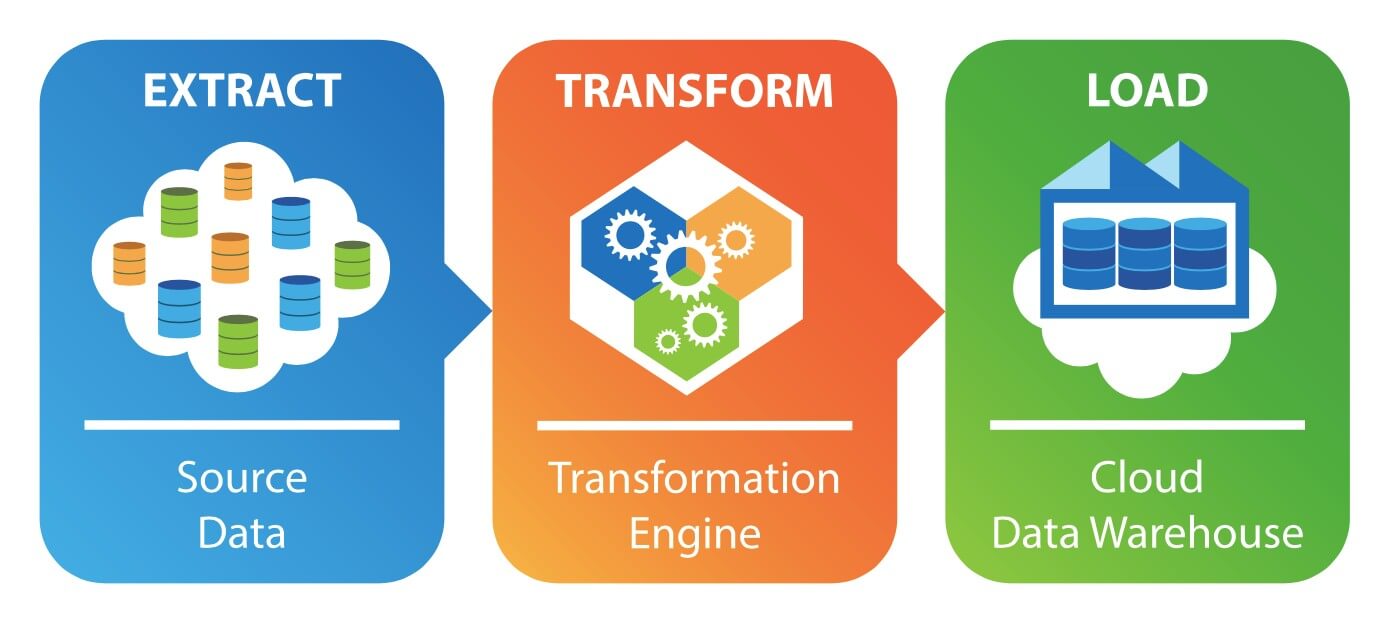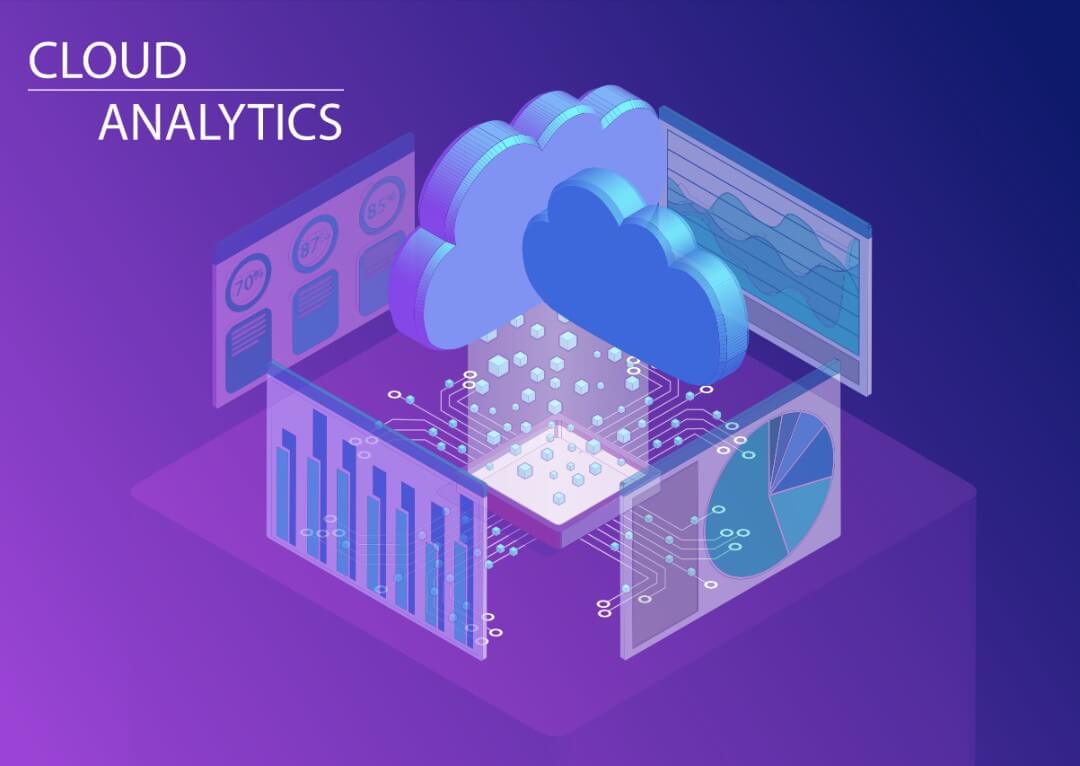Technology is always changing. Businesses that do not transform soon become obsolete and fail.
The biggest barrier to digital transformation is mastery over data. Data analytics faces many obstacles at the enterprise level. Connecting and syncing data across systems is fraught with challenges, such as:
- Inability to cope with the ever-increasing volumes of data.
- Inability to integrate data from multiple tools.
- Lack of integration between point solutions.
- Poor data quality and governance initiatives.
- Lack of data pipeline maintenance.
Here are three essential ingredients to overcome these challenges, and modernise cloud analytics.
1. Full Visibility and Integration of Data Sources
The first step towards modernising data analytics is ensuring visibility and access to data. As enterprises grow, databases evolve organically. Much enterprise data ends up in silos and disconnected databases. When relevant data gets trapped in silos, insights become distorted. Acting on incomplete insights may do more harm than good.
Effective analytics depend on hybrid data management capabilities that support integration across on-premises and multi-cloud apps.
- Understand where data originates, the attributes of each data, and the relationships between data sets. These insights improve data governance and ensure the correct data feeds the analytics engine.
- Use API and connectors to link to all data sources, ensure seamless movement of data, and integrate data sources in real-time. Effective analytics depend on accessing and integrating all data sources. Legacy systems often have high-volume transaction data.
- Ensure seamless integration between on-premises databases and cloud-based databases. Deploy Integration Platform as a Service (iPaaS) that supports integration strategies at scale.
Informatica offers integrated solutions that connect data across on-premises and cloud databases. For instance, it ensures seamless, real-time integration between SAP and other on-premises data warehouses with multi-cloud apps such as Salesforce.
Informatica API Manager offers intelligent APIs. Businesses may use this simple tool to design and build APIs across on-premises and multi-cloud systems. They do not have to write code or go through the vexatious build process. They may develop UX and connect applications as per business needs, without waiting for specialists.
Informatica Intelligent Cloud Services, the next-generation iPaaS, comes with CLAIRE Engine’s artificial intelligence. The tool simplifies complex tasks related to cloud data integration. This flexible and intelligent data management platform leverages existing on-premises infrastructure. It adds new cloud-based data management and analytics capabilities as needed. The integrated platform ensures a common user experience, reduces wastage, and lessens the time to market.

2. Seamless Data Ingestion
Migrating data to a cloud data warehouse (CDW) requires much more than porting existing database tables. Success depends on remodelling data models to integrate old and new data. Another challenge is to ensure the quality and consistency of incumbent data. The prerequisite to seamless migration is ensuring the cleanliness of the source data. Mapping data fast requires clean and consistent data.
Also, data volumes increase by the day. The demand for speed also increases and will become more acute as data volumes rise.
Setting up an effective and modern data analysis solution requires:
- Designing robust and repeatable data mapping processes to extract the right data from each area of the business.
- Ingesting the right data into the cloud data lake.
- Effective data profiling, cleansing, deduplication, verification, and monitoring, to maintain the integrity of the process.
- Lightning-fast processing, for real-time insights and action.
- Review of data security. For instance, it becomes necessary to re-align user permissions and access to sync with the new environment.
The developers have to configure the analytics applications depending on the business needs, to
- Ingest data in real-time or in batches.
- Ensure the output requires the full transaction data stream or only a filtered subset.
Informatica Cloud Data Integration offers businesses a codeless interface. They may build high-performance end-to-end data pipelines using these resources.
The solution abstracts source and target systems. Developers may switch and move data workloads easily using any data warehouse. They may use cloud-based warehouses such as Amazon Redshift, Azure Synapse Analytics, Snowflake, Google BigQuery, or even on-premises systems.
Informatica’s Intelligent Data Management Cloud (IDMC) modernises legacy analytics applications and simplifies hybrid data management with an agile, microservices-based architecture. The cloud mass ingestion tool automates the loading files, databases, and Change-Data-Capture records to the cloud data lake. A simple wizard-driven experience that requires no code makes the process easy for business users. These tools enable businesses to become agile in their data management capabilities. Informatica’s cloud data quality tool ensures effective data governance.
3. Process Automation
Effective analytics depends on high-performance pipelines that feed data into the analytics engine. Datasets pushed to the cloud data lakes often need further processing, such as slicing and dicing.
Manual efforts such as hand-coding get the job done. But hand-coding gets complicated, expensive, and prevents code-reuse. It also hampers the ability of the business to adapt and innovate. Advanced metadata-driven artificial intelligence capabilities deliver flexibility and speed.
Automation, backed by an intelligent algorithm engine, ensures speed, scale, and agility in the process. Meta-driven AI capabilities ensure fast data processing and easy scale-up. It also becomes easy to reuse the work across cloud platforms and processing engines.
Informatica offers businesses the flexibility to choose deployment models for data pipelines. Businesses may choose to retain high control of their infrastructure. Or else, they may opt for an advanced server-less deployment option with zero infrastructure management. The latter option lowers costs, simplifies operations, and increases efficiency. Businesses may focus on their core business while leaving Informatica to take care of the technical nitty-gritty.
Informatica Enterprise Data Catalogue leverages the CLAIRE AI engine’s automation capabilities. The tool improves data curation for pipelines by:
- Offering context to the data, making it easy to identify the right data to migrate. CLAIRE offers unified metadata intelligence.
- Leveraging machine learning and other AI techniques to improve the quality of data governance.
- Reducing processing time, making projects viable and cost-efficient. The elastic-scale Spark engine is purpose-built for huge workloads and enables instant analytics. The powerful engine, hosted in a microservices architecture, processes millions of records in a few seconds.
- Offering self-service through a drag-and-drop visual designer. Even lay users to develop highly functional mappings. Advanced pushdown optimization converts the mappings into native instructions and SQL queries.
Here is why CXOs are betting big on Artificial Intelligence-powered growth for their enterprises.
Informatica’s cloud-native and modular data management solutions speed up cloud analytics modernisation. The platform boosts application and data integration. It improves data quality, master data management, and data governance. Adopting the platform makes a business agile and resilient. They become competent in rolling out successful data-centric digital transformation initiatives.












